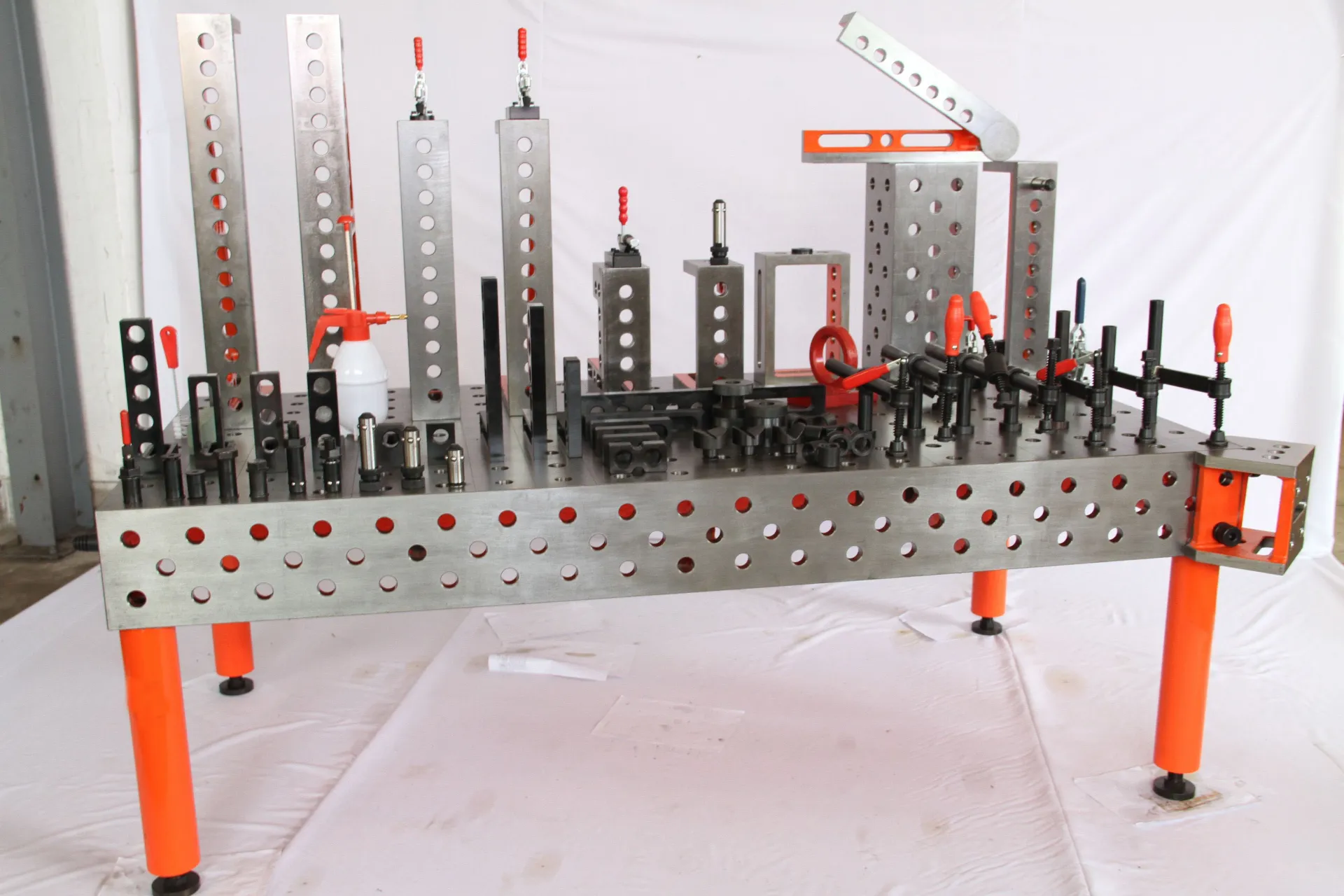feb . 11, 2025 21:09 Back to list
check valve types and applications
Check valves, crucial components in various industrial and domestic applications, ensure unidirectional flow of fluids, preventing backflow and potential system failures. These indispensable devices play a pivotal role in numerous industries, from oil and gas to water treatment and beyond. Understanding the different types and applications of check valves is instrumental for engineers and procurement specialists to make informed decisions tailored to their system requirements.
For applications that demand a minimal pressure drop and fast-acting closure, diaphragm check valves are ideal. These valves utilize a flexible diaphragm, which flexes open to permit flow and seals tight when flow reverses. Diaphragm check valves are particularly useful in sanitary applications, such as pharmaceutical and food processing industries, where cleanliness and non-contamination are paramount. In high-temperature and corrosive environments, duckbill check valves are increasingly popular. Constructed from flexible materials, these valves resemble a duck's bill, opening with forward flow and closing when the flow reverses. Their design allows them to handle abrasive slurries and corrosive liquids efficiently. These features make them a logical choice for industrial and environmental applications, including mining and wastewater treatment, where durability and resistance to harsh conditions are indispensable. When selecting a check valve for a specific application, several factors must be considered, including material compatibility, pressure and temperature ratings, and the nature of the fluid being handled. Engineers must also weigh the pros and cons of each valve type against their specific application needs, considering factors such as maintenance requirements, installation costs, and operating conditions. Regulatory standards and certifications also play a crucial role in the selection process, as they often dictate the materials and designs acceptable for use in specific industries. Utilizing valves conforming to recognized standards ensures safety, reliability, and compliance with legal obligations. In conclusion, the vast array of check valve types caters to an equally diverse range of applications. Understanding each valve type's unique features, strengths, and suitable applications is fundamental for ensuring system integrity, efficiency, and safety. By aligning the characteristics of the valve with the specific needs of the application, industry professionals can achieve optimal performance and reliability, ultimately contributing to the success and sustainability of their operations.


For applications that demand a minimal pressure drop and fast-acting closure, diaphragm check valves are ideal. These valves utilize a flexible diaphragm, which flexes open to permit flow and seals tight when flow reverses. Diaphragm check valves are particularly useful in sanitary applications, such as pharmaceutical and food processing industries, where cleanliness and non-contamination are paramount. In high-temperature and corrosive environments, duckbill check valves are increasingly popular. Constructed from flexible materials, these valves resemble a duck's bill, opening with forward flow and closing when the flow reverses. Their design allows them to handle abrasive slurries and corrosive liquids efficiently. These features make them a logical choice for industrial and environmental applications, including mining and wastewater treatment, where durability and resistance to harsh conditions are indispensable. When selecting a check valve for a specific application, several factors must be considered, including material compatibility, pressure and temperature ratings, and the nature of the fluid being handled. Engineers must also weigh the pros and cons of each valve type against their specific application needs, considering factors such as maintenance requirements, installation costs, and operating conditions. Regulatory standards and certifications also play a crucial role in the selection process, as they often dictate the materials and designs acceptable for use in specific industries. Utilizing valves conforming to recognized standards ensures safety, reliability, and compliance with legal obligations. In conclusion, the vast array of check valve types caters to an equally diverse range of applications. Understanding each valve type's unique features, strengths, and suitable applications is fundamental for ensuring system integrity, efficiency, and safety. By aligning the characteristics of the valve with the specific needs of the application, industry professionals can achieve optimal performance and reliability, ultimately contributing to the success and sustainability of their operations.
Next:
Latest news
-
Why Metric Trapezoidal Thread is Ideal for Precision Motion ControlNewsAug.05,2025
-
The Unique Properties of a Block of Granite for Industrial UseNewsAug.05,2025
-
The Role of Flanged Y Strainers in Preventing Pipeline ClogsNewsAug.05,2025
-
The Importance of Regular Calibration for Master Ring GagesNewsAug.05,2025
-
How a Cast Iron Surface Table Enhances Accuracy in ManufacturingNewsAug.05,2025
-
Comparing Different Check Valve Types for Optimal Flow ControlNewsAug.05,2025
Related PRODUCTS









